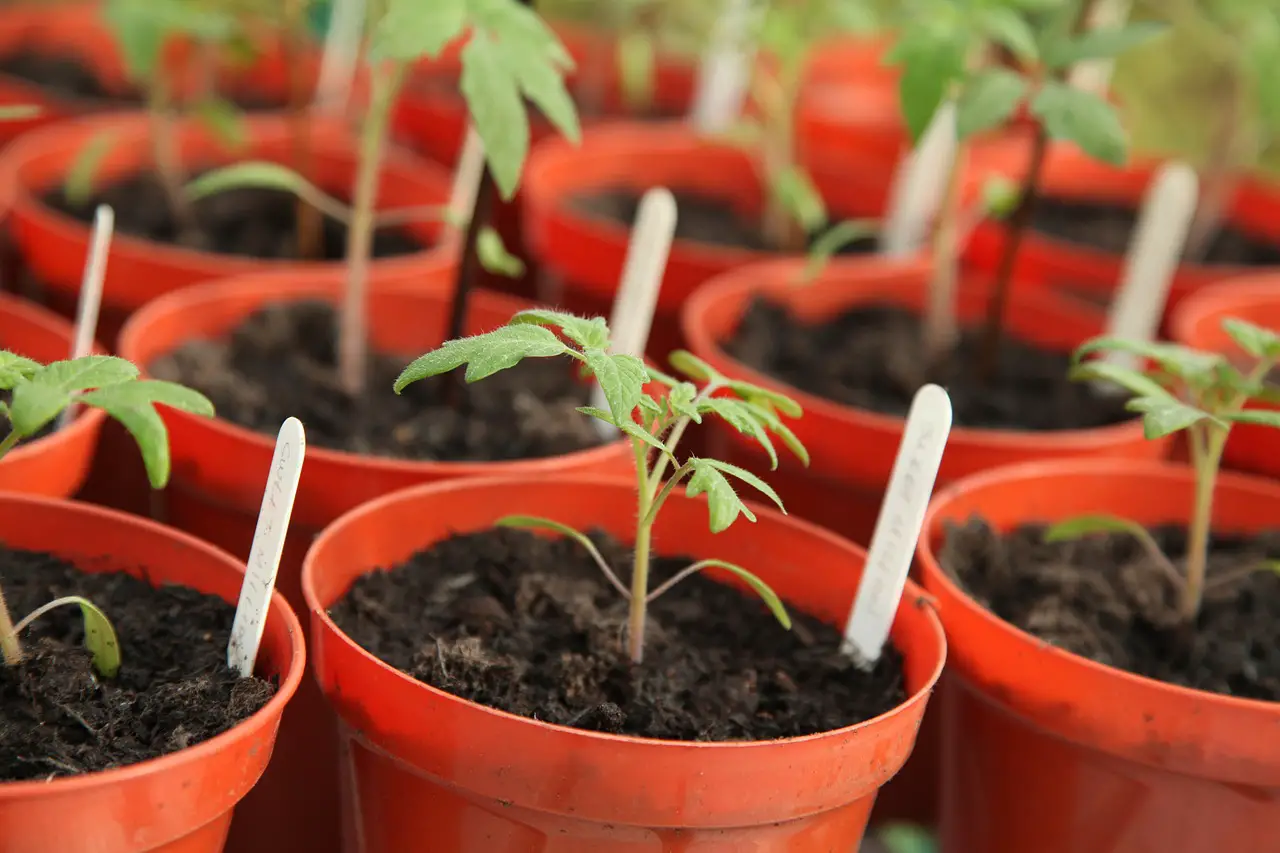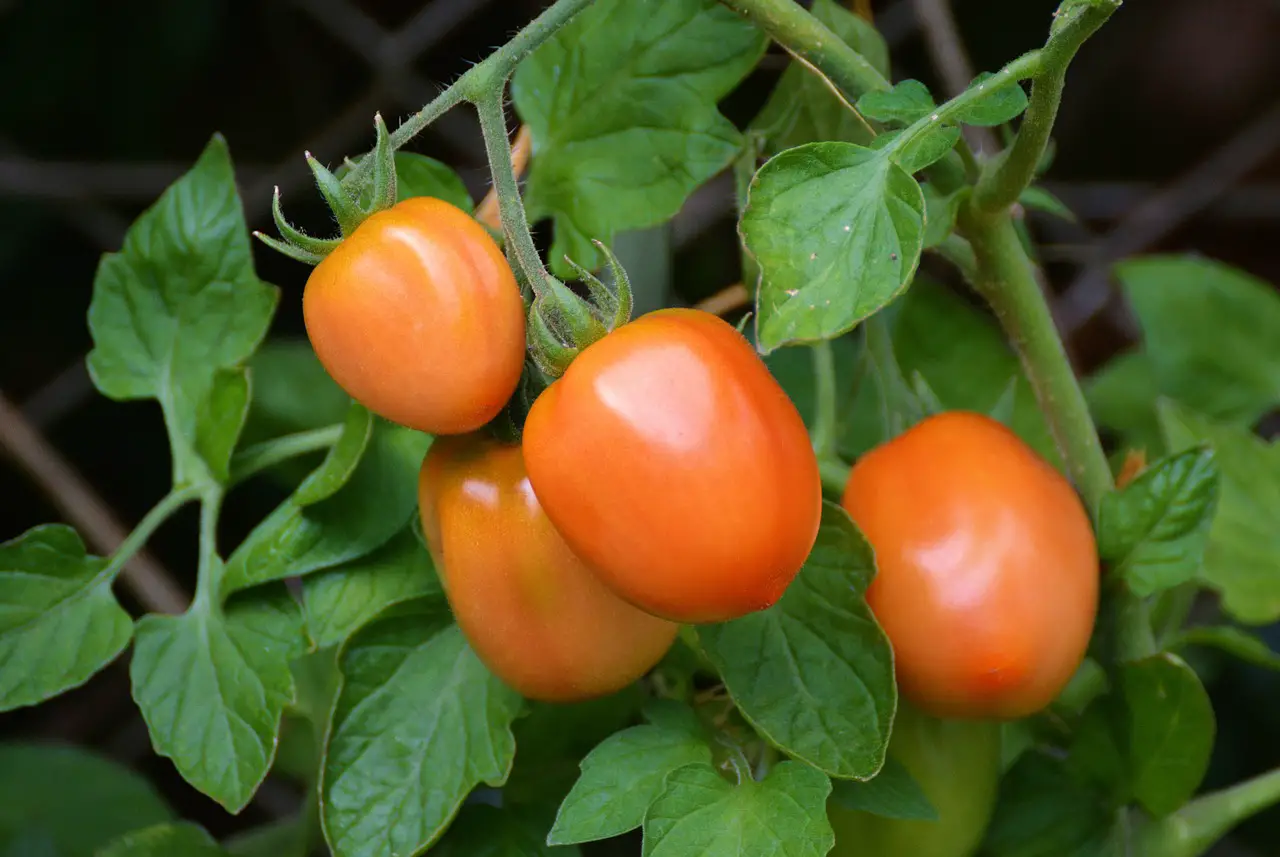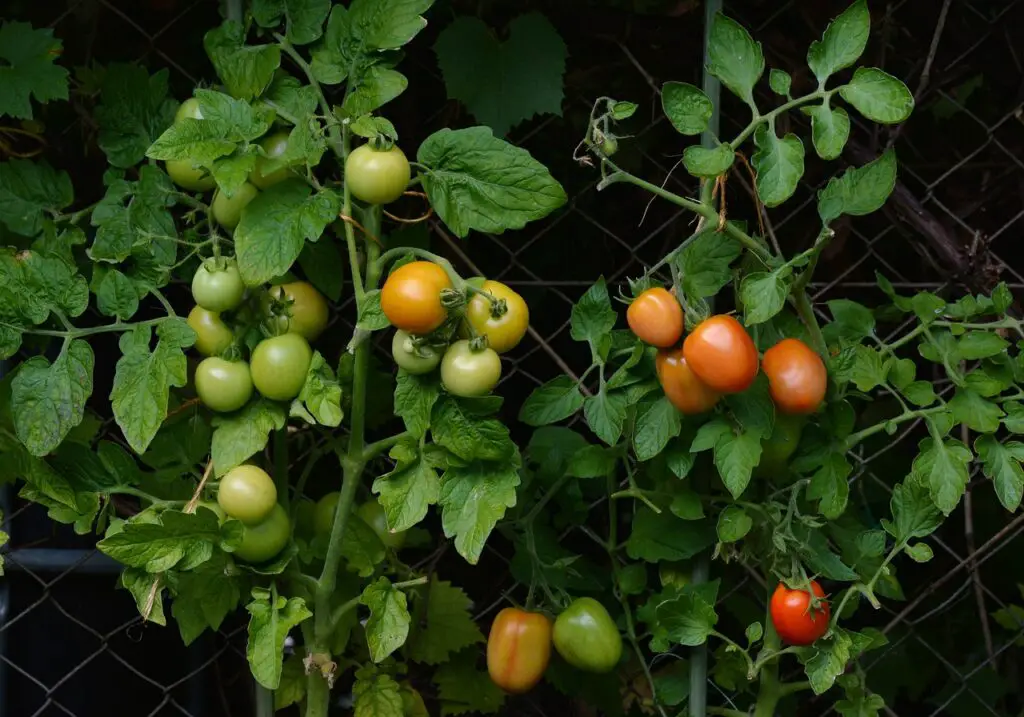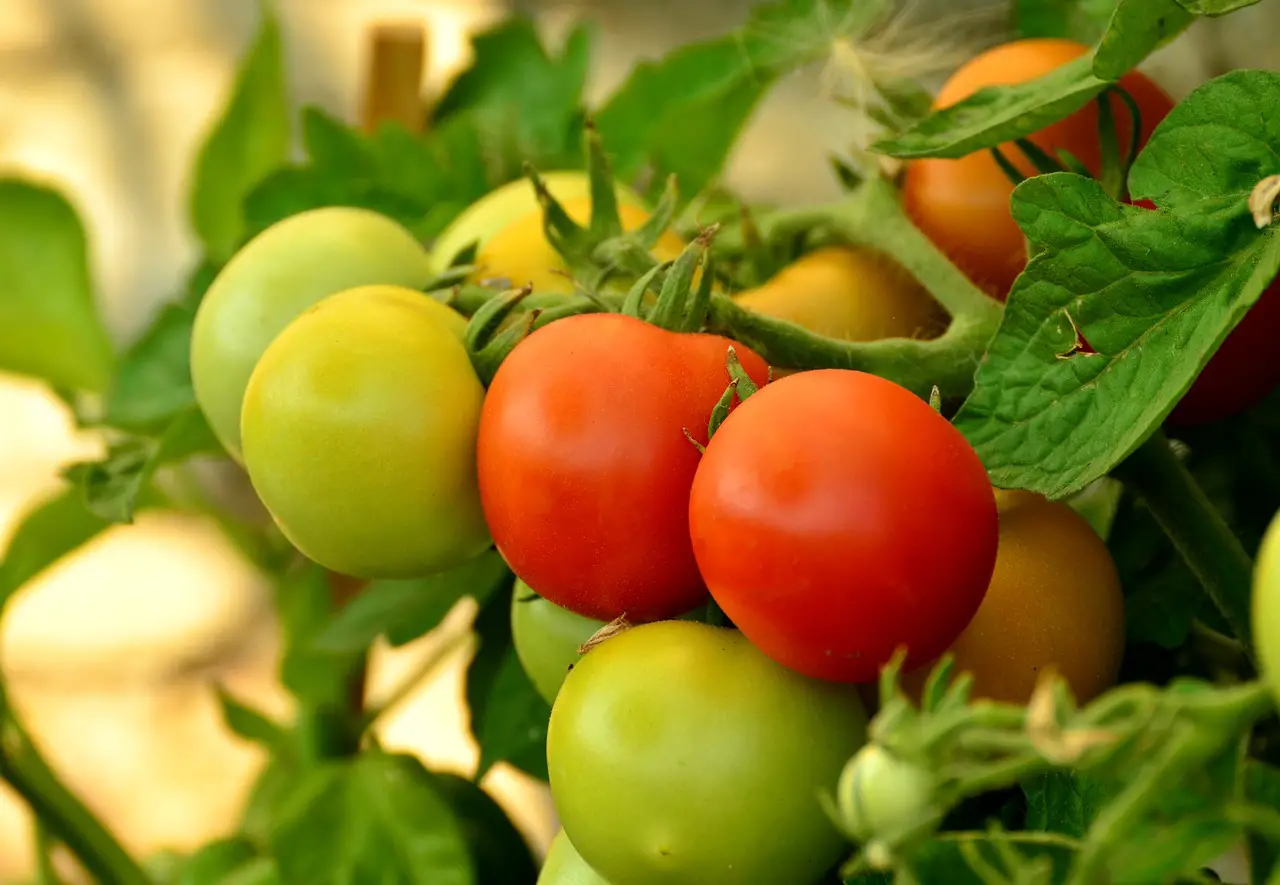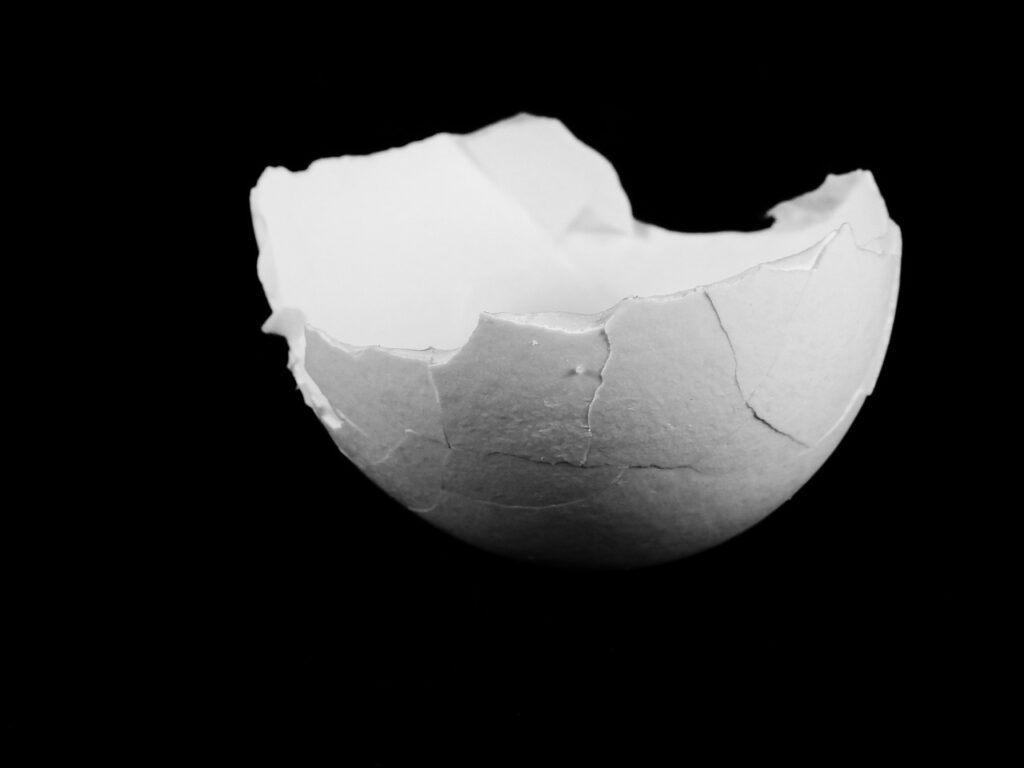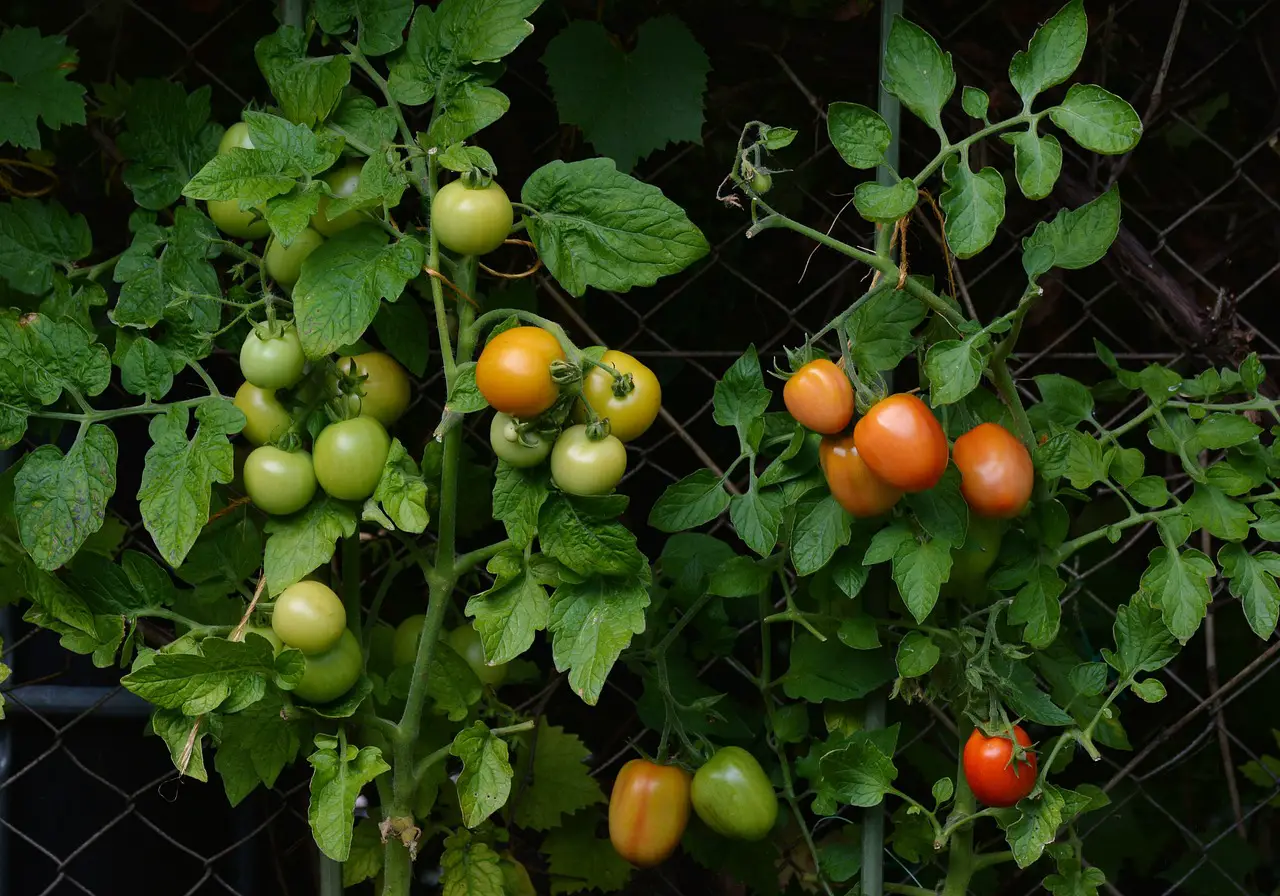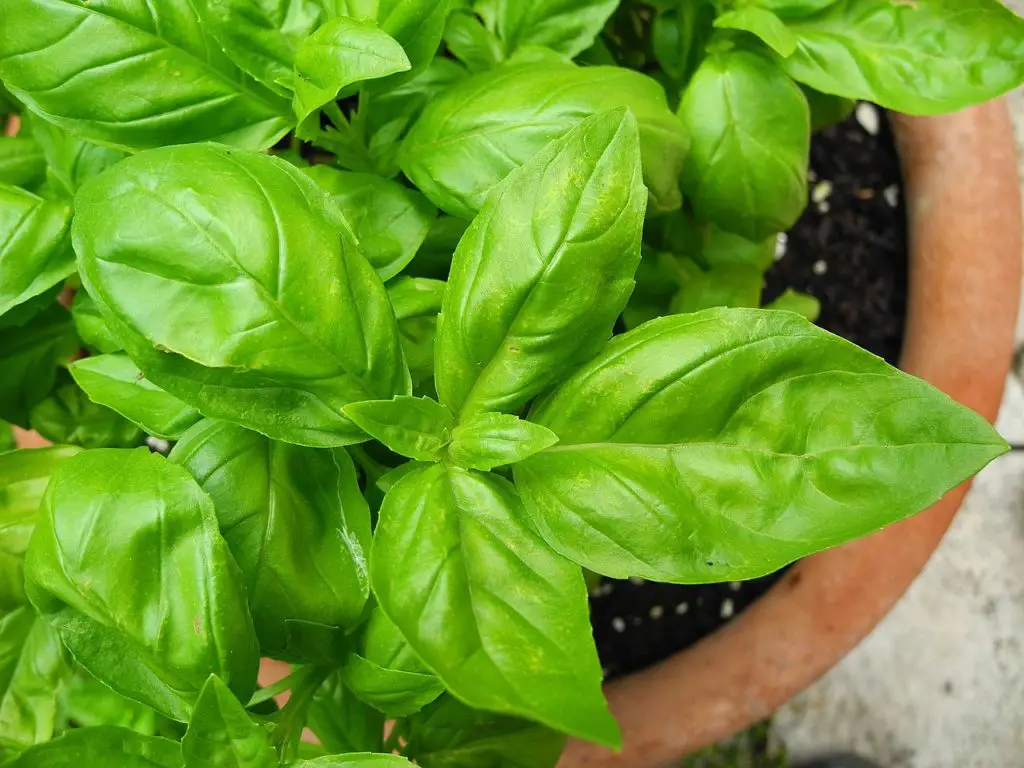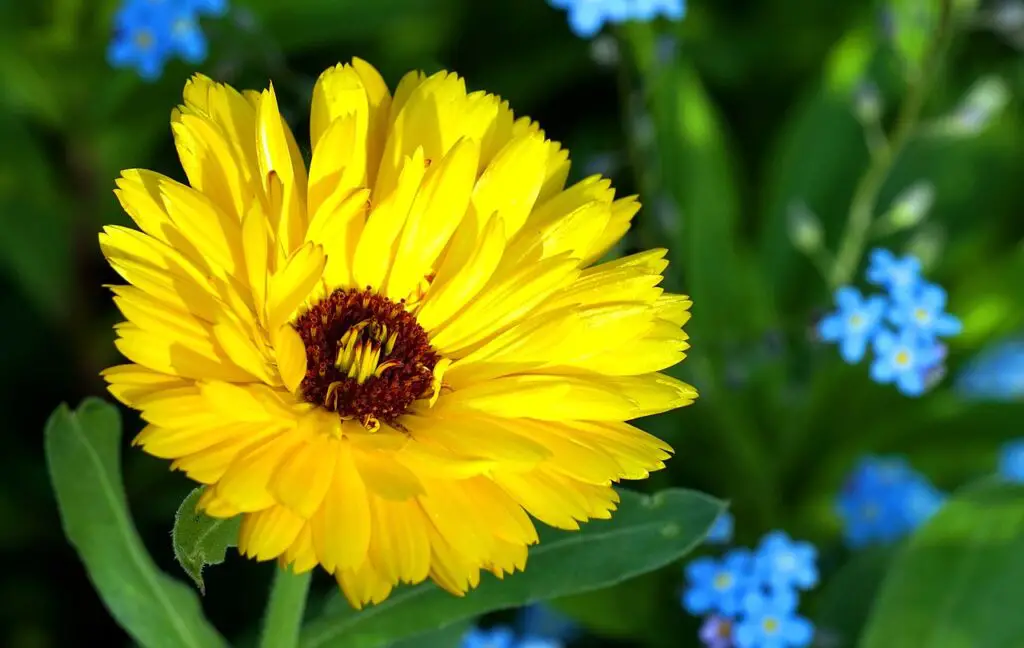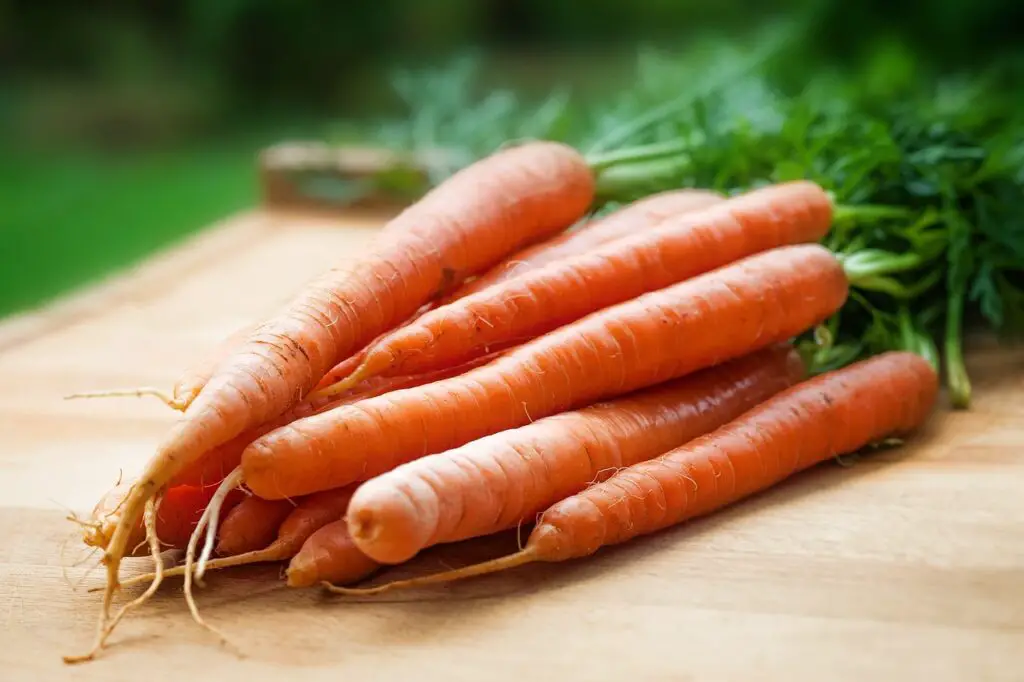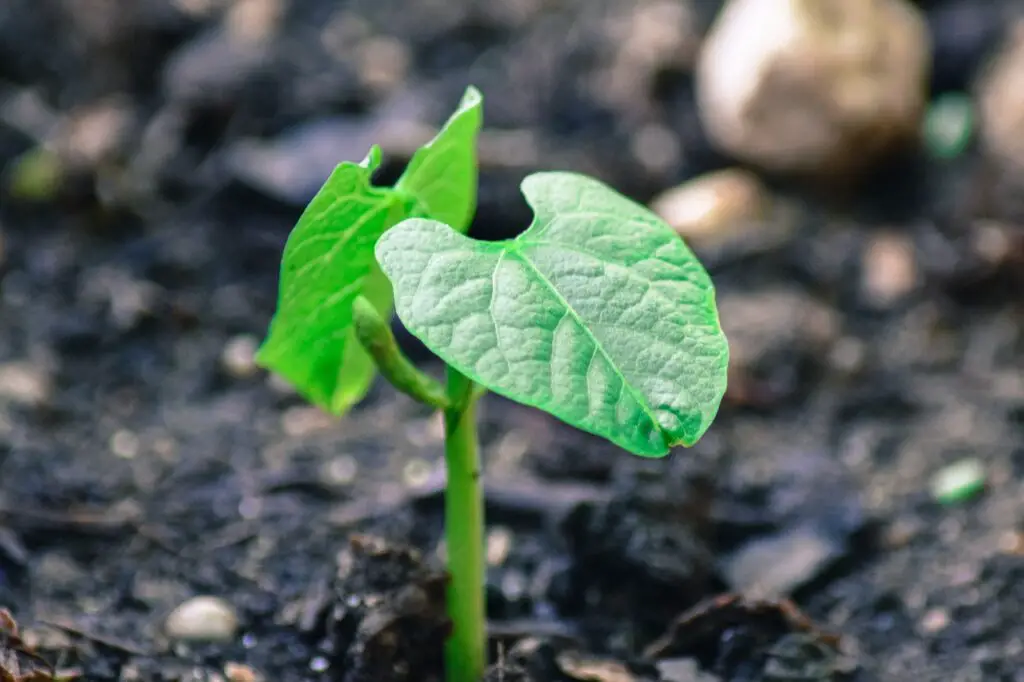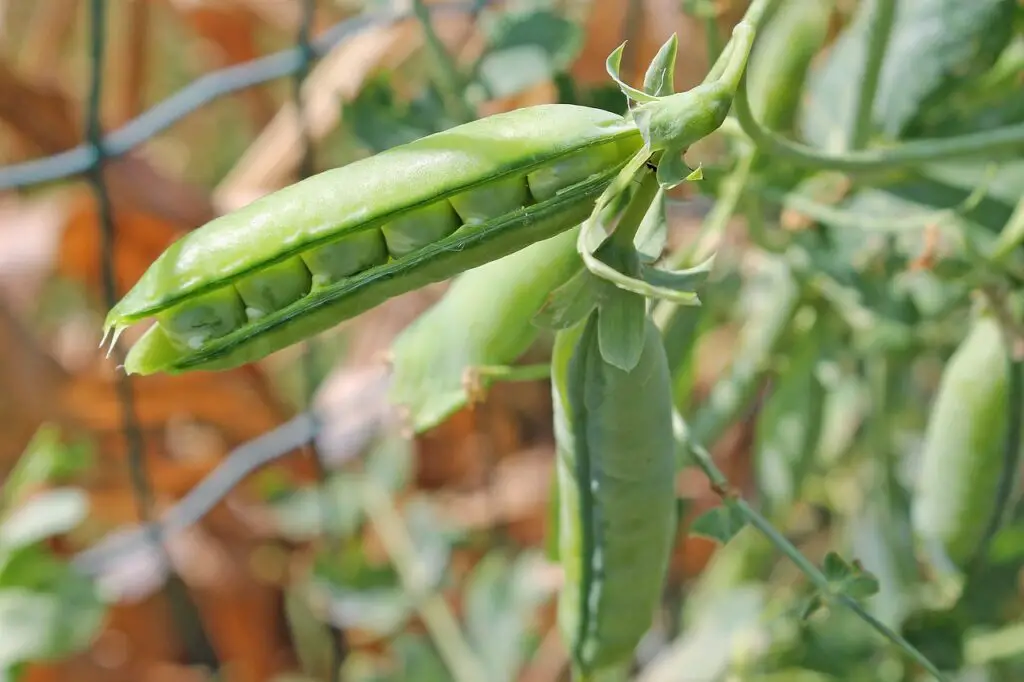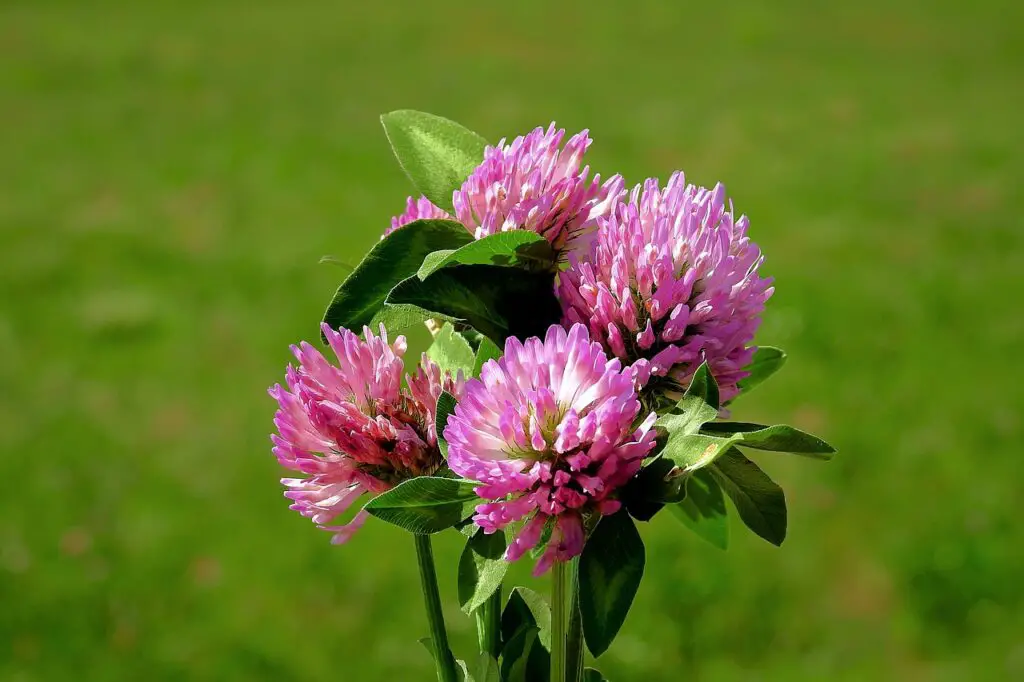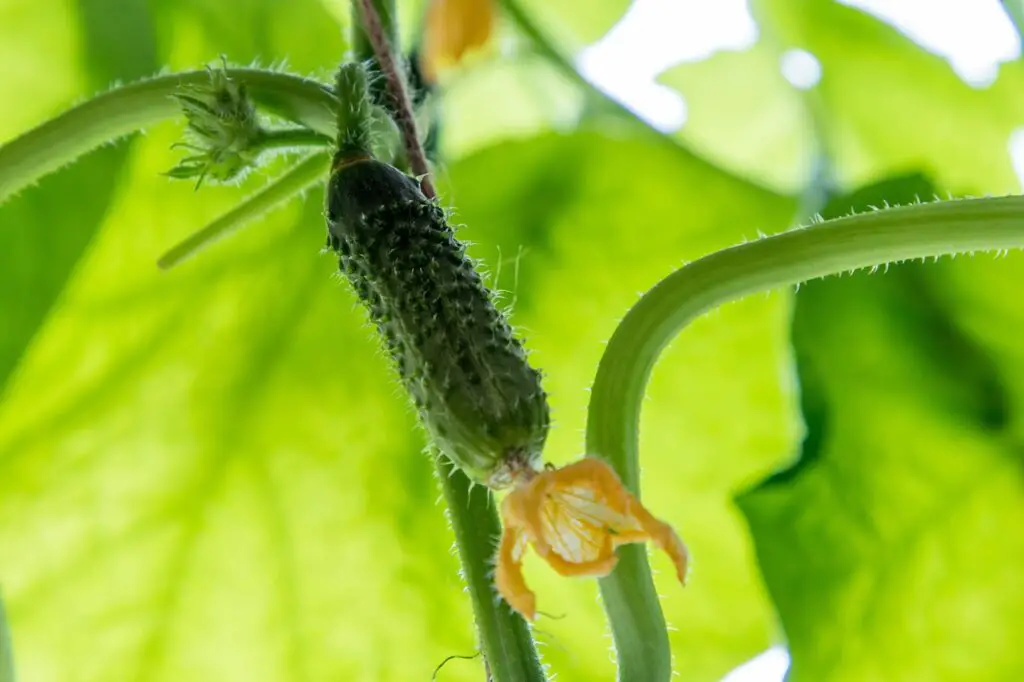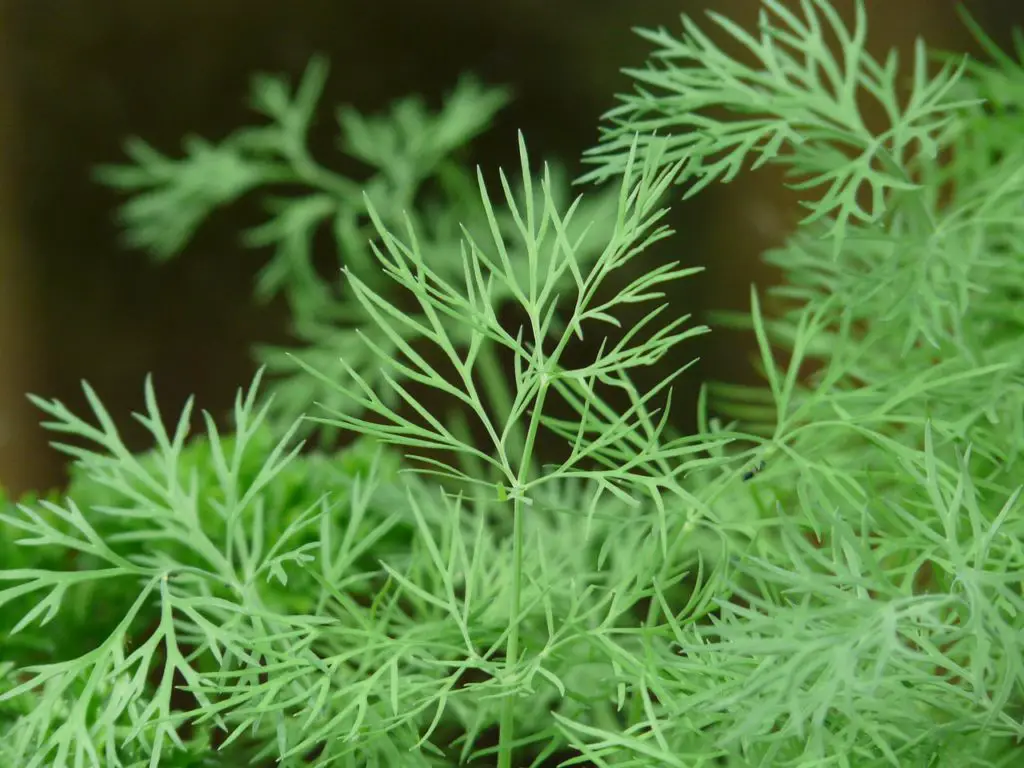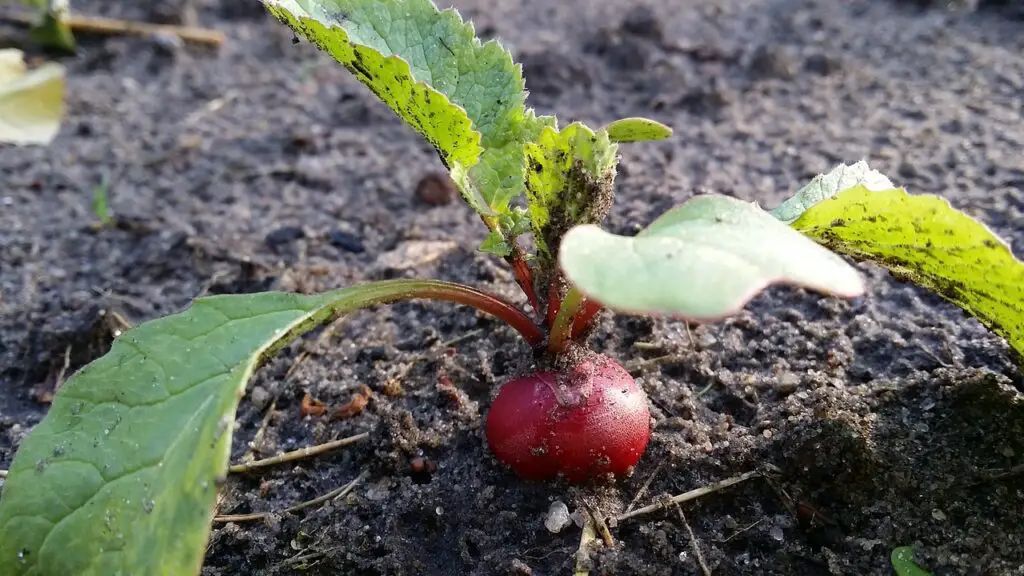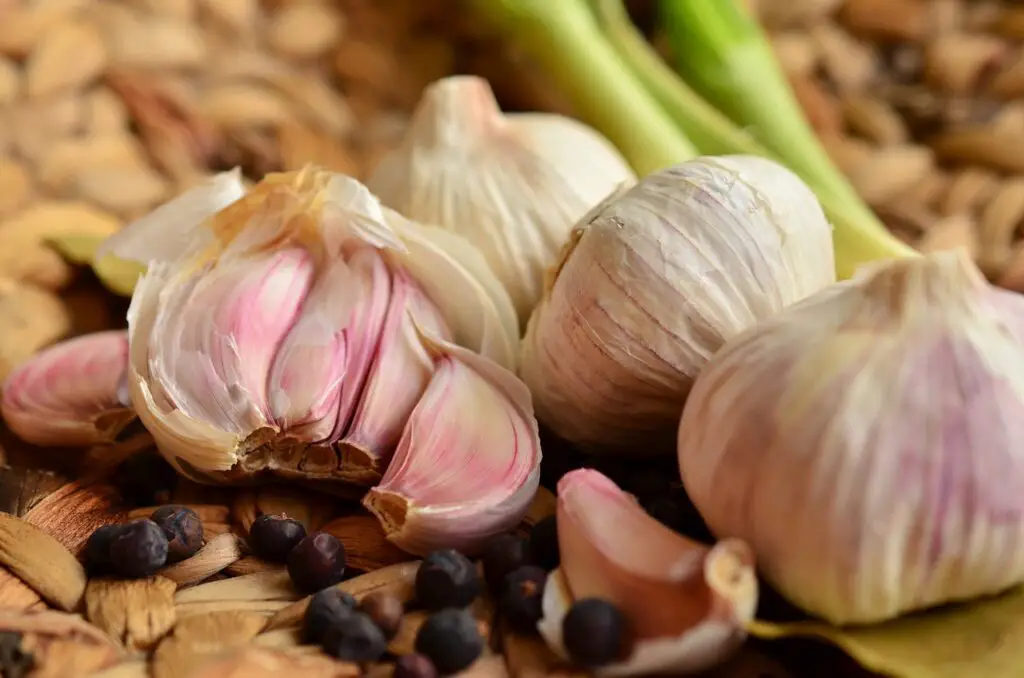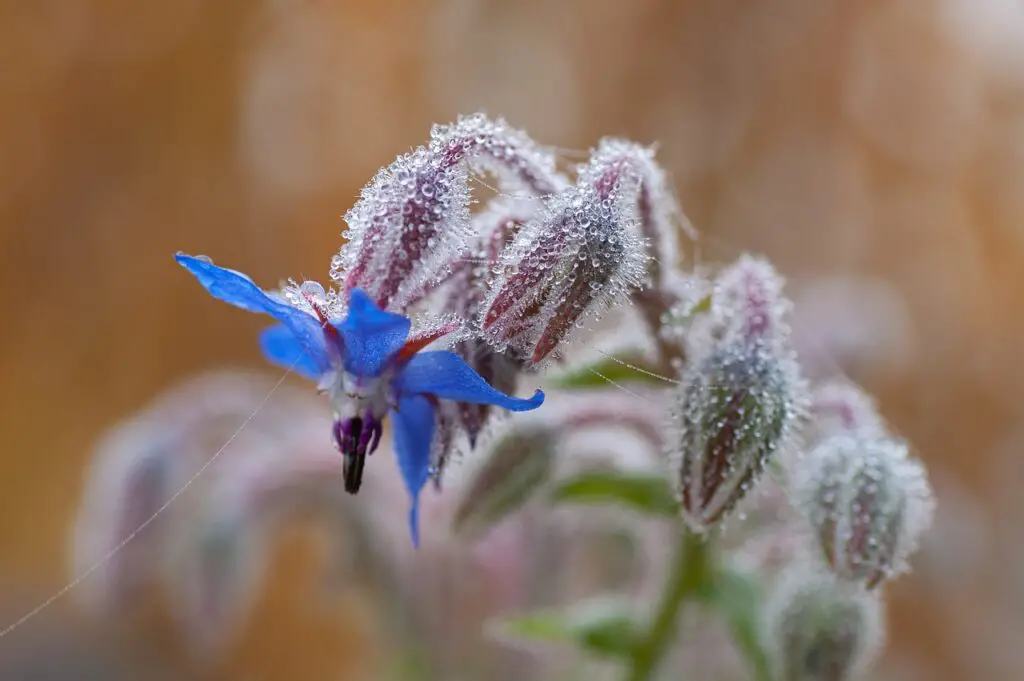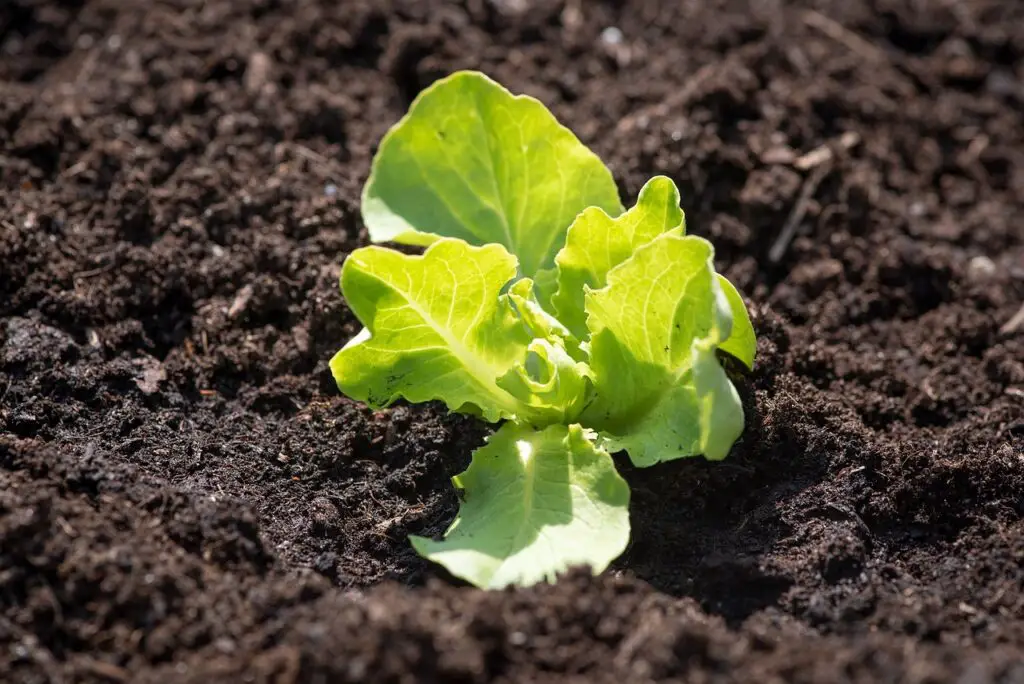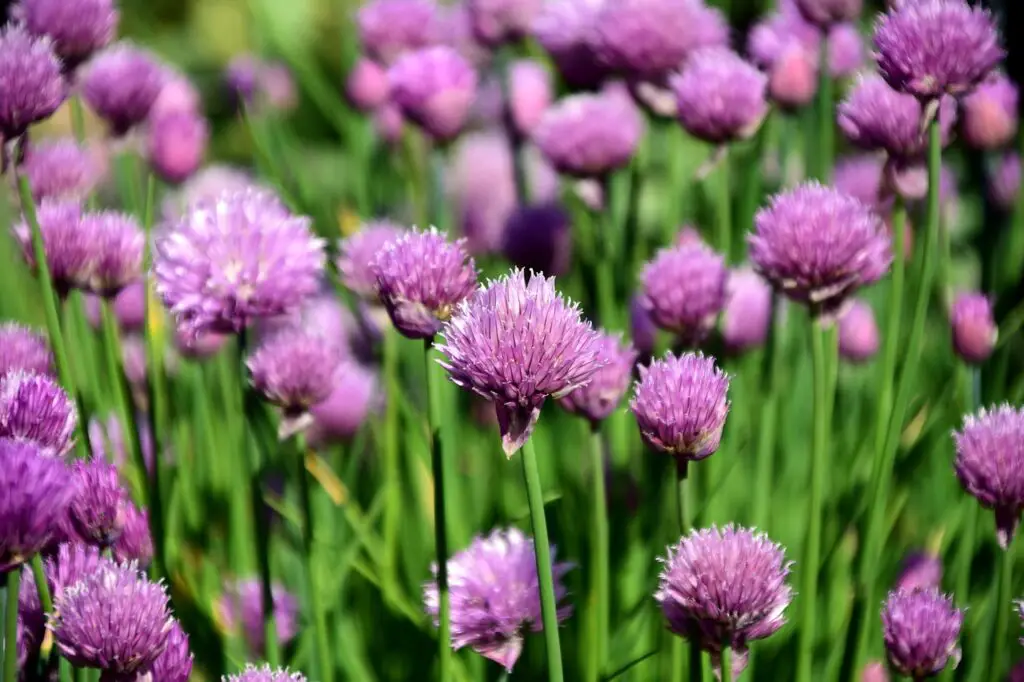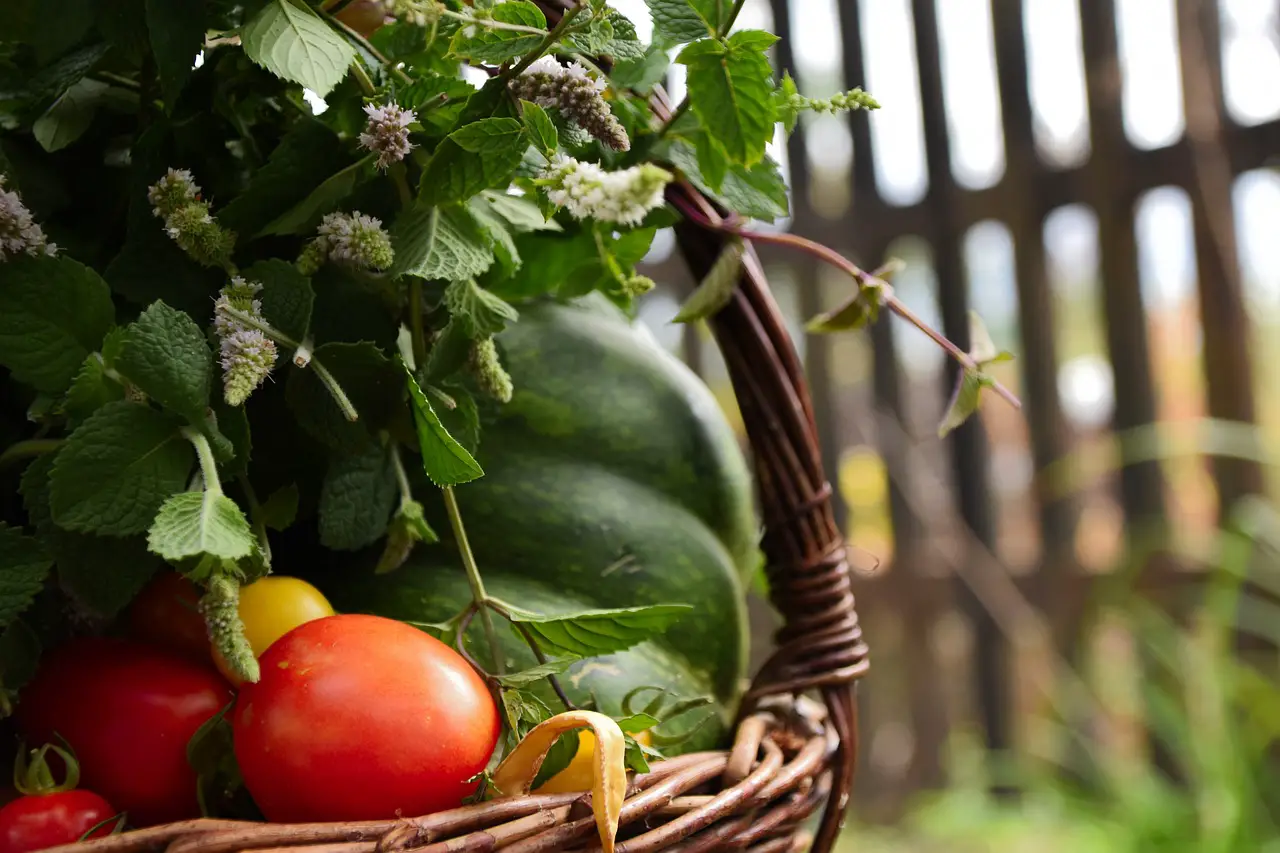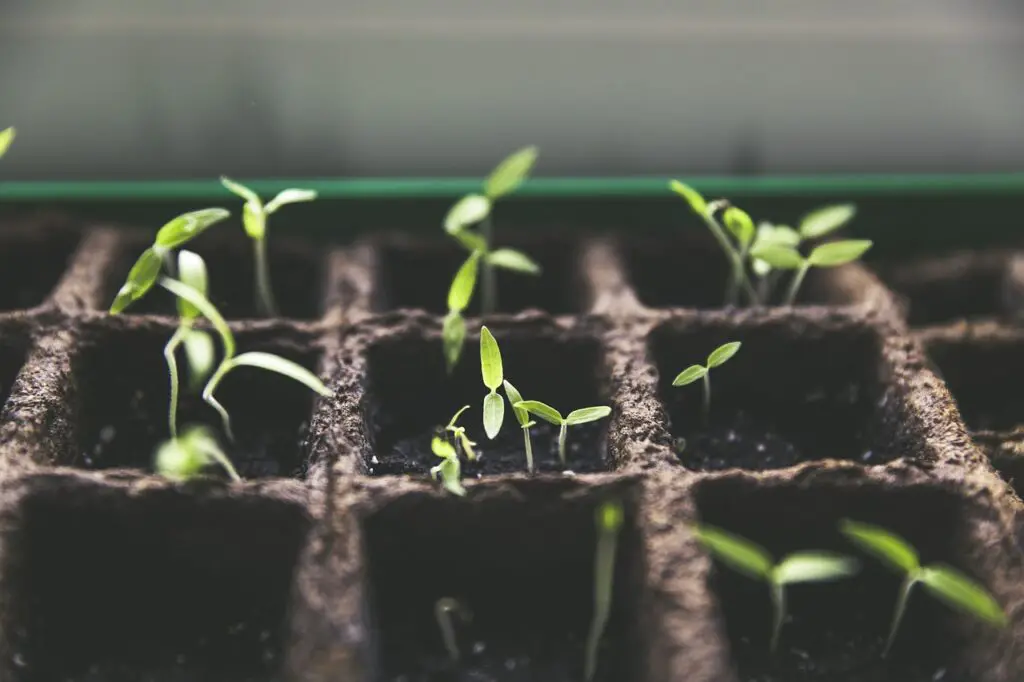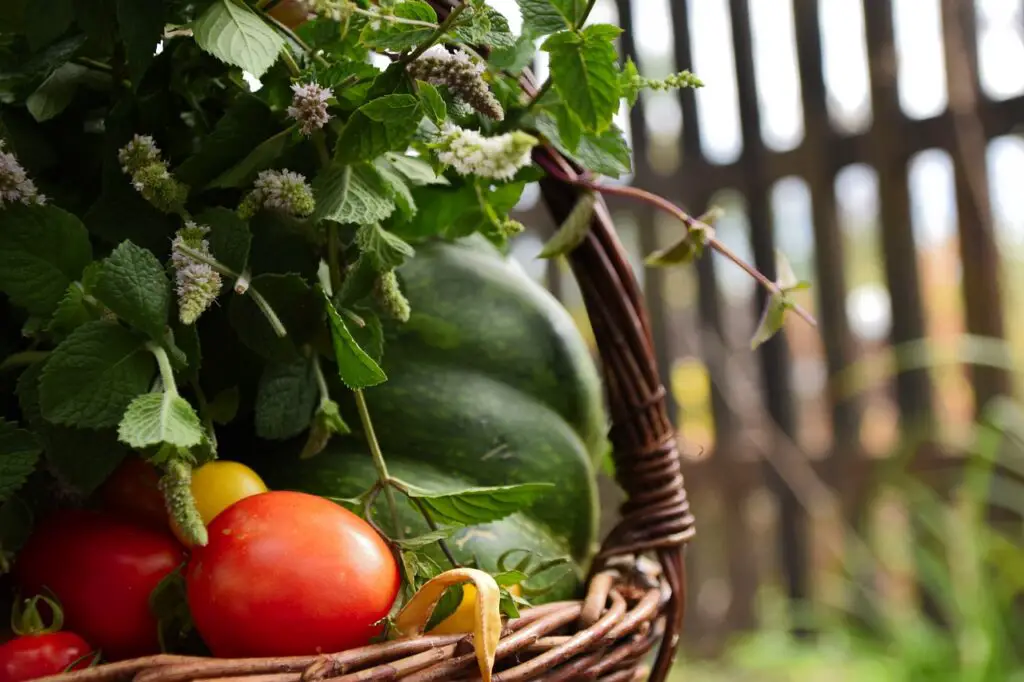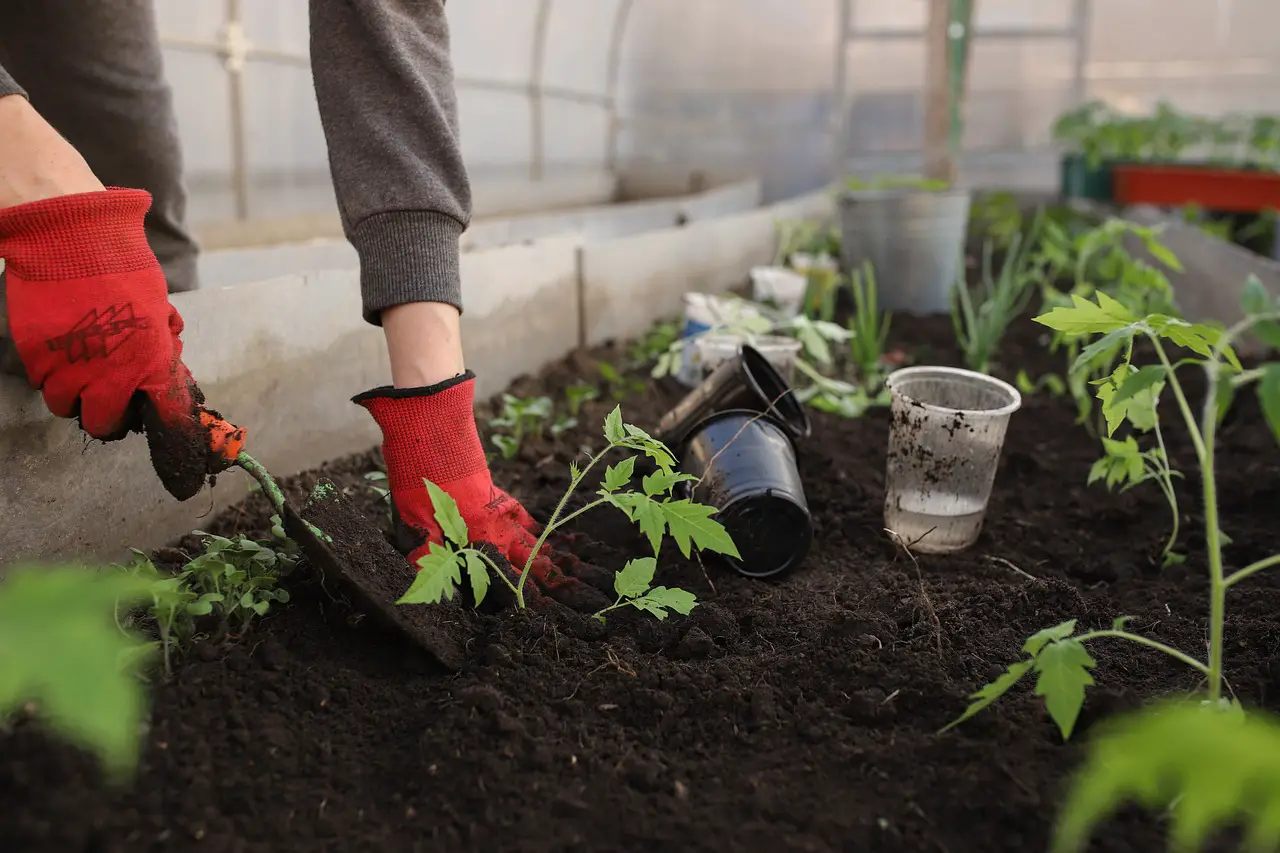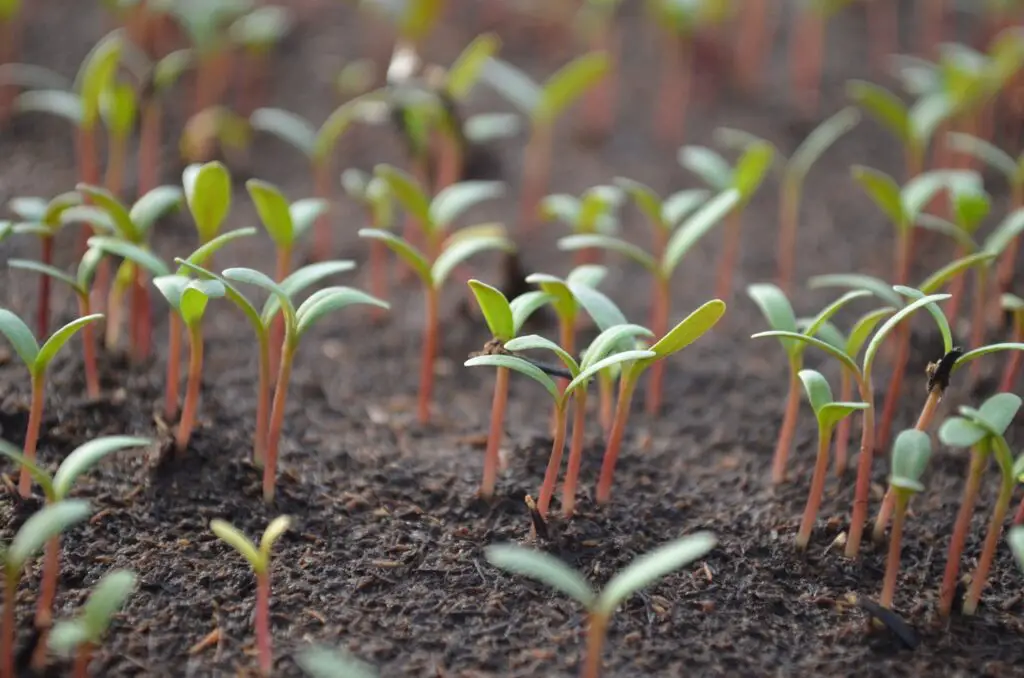San Marzano Tomatoes – How To Plant – How To Grow – Tomato Varieties – Plant Care – Best Soil – How To Harvest – Summary – FAQ
The san marzano tomato is perhaps the most delicious variety we have ever come across. It’s quite large and full of flavor. But the best part has to be that it’s such an easy to grow tomato plant. It requires just like any other a warm place with healthy and well drained soil.
Below we will share with you our approach to growing this wonderful tomato variety. It’s a must for most people to try growing at least once in their gardening career.
What Are San Marzano Tomatoes
The san marzano tomato variety is native to Italy and it’s also here where most of them are grown and cultivated. It fits into the climate very well here. A place where there is a lot of sunlight every day and the temperatures never really drop too much are all great conditions to start growing san marzano there.
It’s a variety that is sort of similar to the roma tomatoes. It has an almost pear like shape, not the complete sphere shape that most grocery stores have.
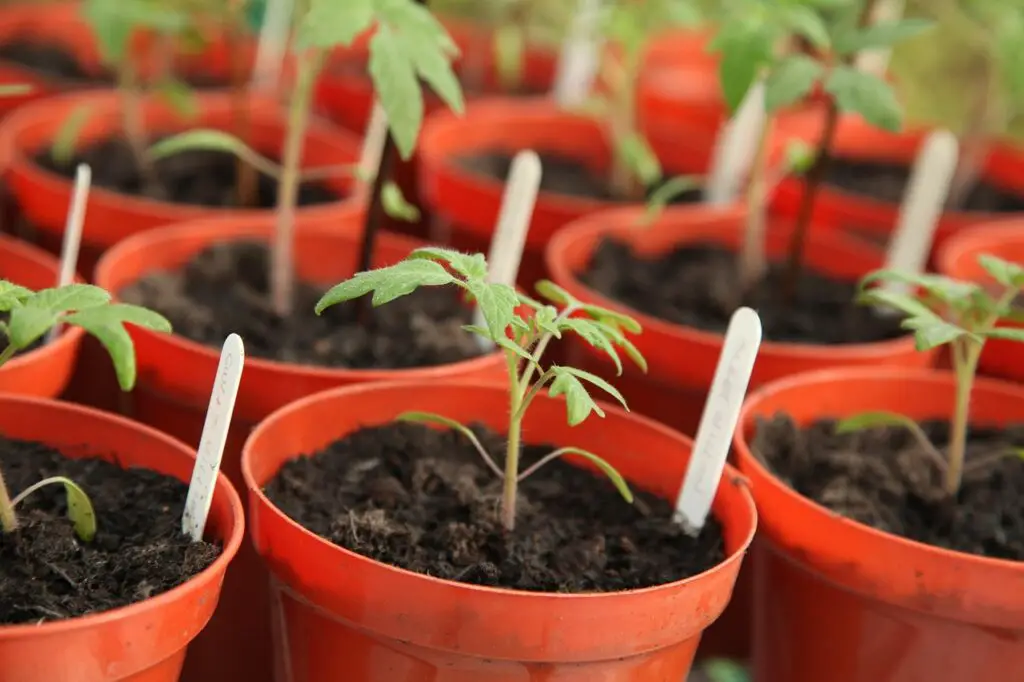
How To Plant San Marzano Tomatoes
If you have managed to get your hands on some san marzano tomato seeds then the first step is done. Now we want to plant them. We do this in small cultivating containers. They are meant to be used to grow seedlings in from a seed.
You begin by first filling the containers with some soil. We like to use soil which is loose and will let water run through very easily. That way we can avoid any issues with overwatering.
Place the seed on the top soil and light pack it down with some more soil. Water the soil a little bit. It should be no more than damp for the ideal growing conditions. Keep the containers in a very sunny and warm place. It won’t take too long for the seeds to start germinating.
It’s important that you keep an eye on the growth of the seeds in order to notice whether any issues come up. Keep the soil slightly damp all the time and you should be ready to transplant these seedling by the time summer comes around.
We like to start cultivating these seedlings indoors around February to March. That way we have a lot of time to get them growing steadily and get a good foundation.
How To Grow San Marzano Tomatoes
Once you have grown your seedlings of san marzano it’s time to plant them in some larger containers or on freeland. If you live in a slightly colder place then you should greatly consider planting them in a greenhouse. That way you can avoid the risk of the tomatoes not ripening.
Greenhouses are often used for temperature sensitive plants to let them grow a bit more safely. Make sure you have some support for the tomato plants that they can lean and grow on.
Make sure the soil is never really drying out too much. Keep it damp just like when you cultivated the small seedlings indoors. Once the plant has started flowering and developed some tomates you can begin pruning. We like to prune any of the stems and leaves that are of no use. That emans stems where no flowers are growing on. These just take up unnecessary energy.
Related Tomato Varieties
There are actually quite a lot of different san marzano varieties out there. Let’s take a look at some of the subvarieties that we have really enjoyed growing throughout the years.
- Heirloom San Marzano, This is sort of the original. It has a long shaped tomato full of sweetness and richness to it. Great to grow in warmer climates where the temperature is high and the humidity low.
- San Marzano Scatalone, is a later ripening variety that is rich in flavor. It provides plenty of harvest throughout the whole season. The shape of the fruit might be a little bit more pear shaped compared to others though.
- San Marzano Pink, does just like the name suggests. Produces a more pinkish fruit that is just as rich in sweetness as the other varieties we mentioned. A great variety for beginners since it’s pretty easy to get a hold of.
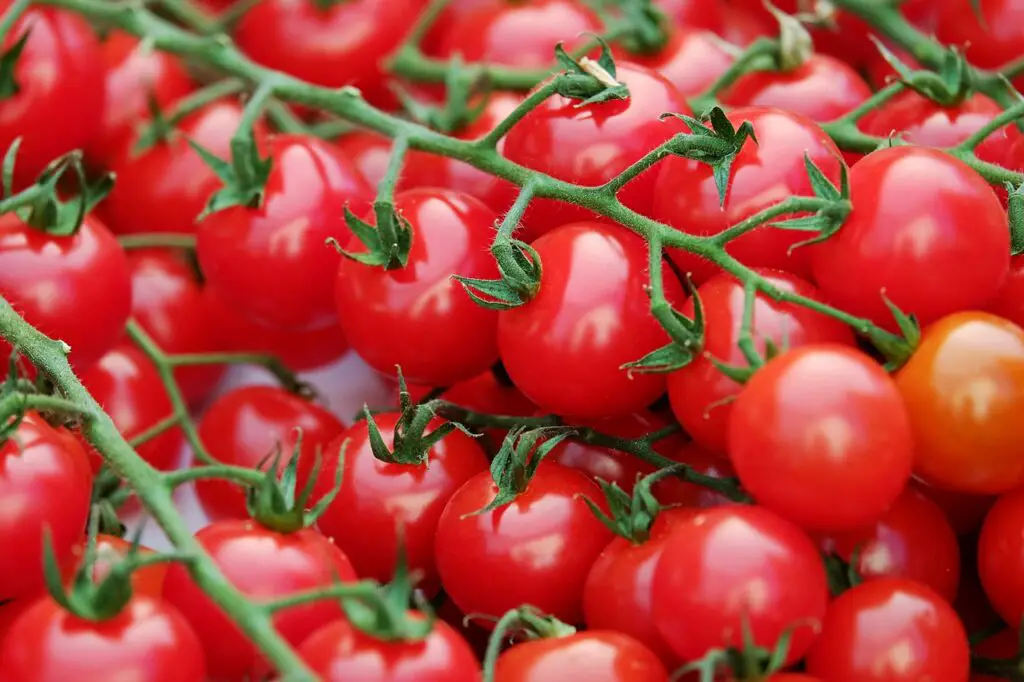
San Marzano Plant Care
Once you have a san marzano plant growing at home you also need to care for it. That means looking after the soil mostly. We need to have it growing in a slightly damp soil in order to give the best environment for the roots.
But fertilizing the soil is just as important as also watering the soil. The two go sort of hand in hand really. We use manure about once a month to help fertilize the soil. This makes the plants in there very happy as a boost of nutrient is added.
Best Soil For San Marzano Tomatoes
The best soil for growing san marzano tomatoes has to be a slightly loose soil with some sand and clay in it. That helps the roots have an easier time penetrating the soil and establishing themselves.
The reason we need loose soil is also about the way water travels through it. A looser soil is better for drainage. It makes water move away from the roots, which prevents any of them from drowning. Root rot is caused by there being too much water in the soil.
How To Harvest San Marzano Tomatoes
Harvesting san marzano tomatoes is actually very easy. It all really comes down to checking the fruit first. We want them to have some give to them and be a deep red color. That means they have developed enough flavor and are ready to be plucked.
Once you have harvested the tomatoes you shouldn’t put them in the fridge. Instead leave them outside and they will continue to ripen a little bit more. Tomatoes that are eaten at room temperature compared to cold are so much better.
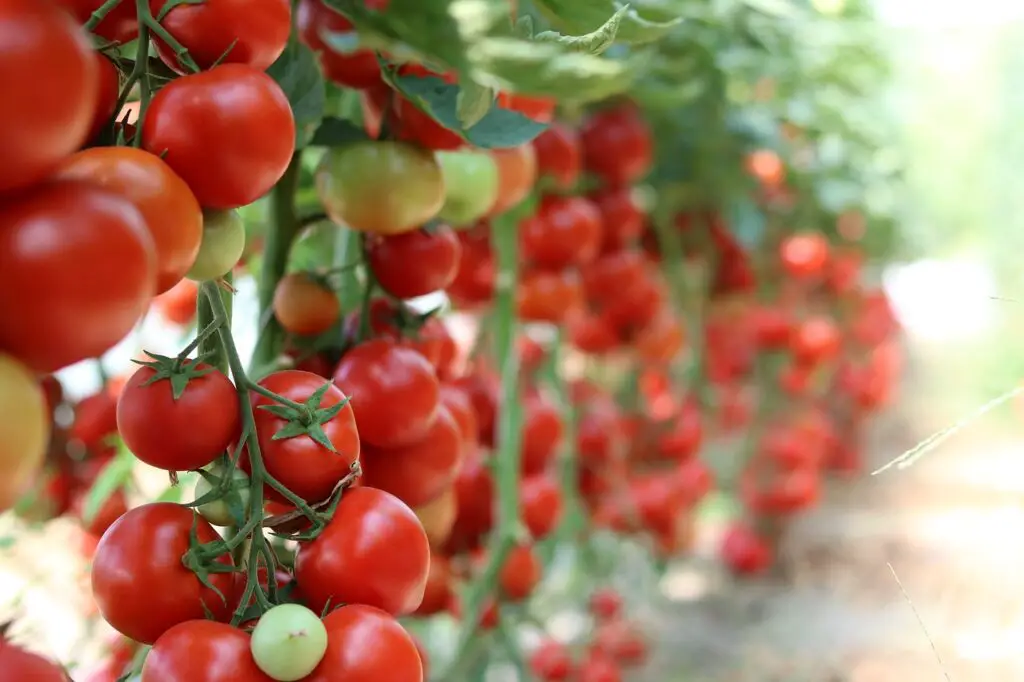
Summary
Let’s summarize a little bit of what we have talked about. Planting san marzano tomatoes is best done in February and March. Make sure the soil is well draining and the room warm and lets a lot of sun in.
Plant the tomatoes on freeland when the temperatures are warm. Keep the soil slightly damp and prune any stems that aren’t growing tomatoes on them to further push energy towards the existing fruit.
FAQ
Are San Marzano Tomatoes Hard To Grow
From what we have experienced, growing san marzano tomatoes is really not that much harder compared to growing any other variety. It’s all about making sure the climate and environment is right for the plant.
How Many Tomatoes Will A San Marzano Plant Produce
A san marzano plant is one of the better yielding varieties out there. It can produce up to about 20 pounds of tomatoes quite easily. Compare that to cherry tomatoes where it’s normal to get just half that.
Are San Marzano Tomatoes Bush Or Vine
The san marzano plant grows more like a vine than a small bush. But with that said it can still grow quite a lot of leaves to give off a more bushy appearance. Just make sure you have adequate amounts of support for the plant.
